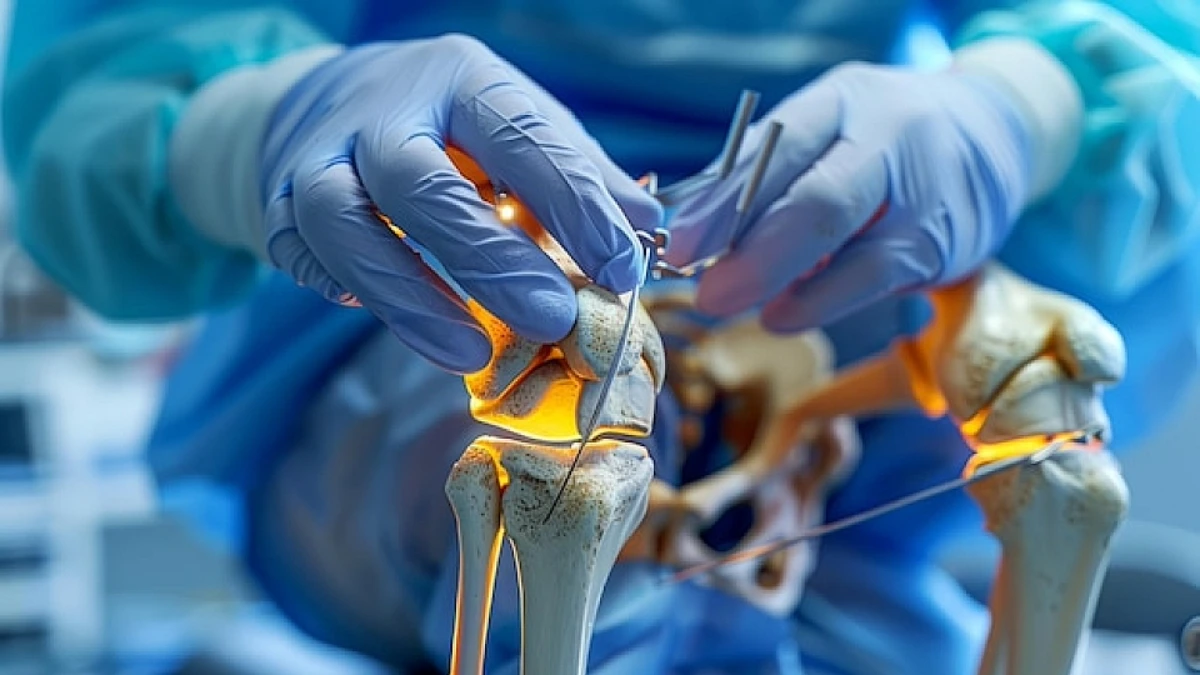
Understanding the Challenge of Sagging Skin After Weight Loss Surgery
Before diving into the strategies, it’s better to understand why sagging skin becomes a concern after weight loss surgery. When you lose a substantial amount of weight, especially rapidly, the skin that was stretched to accommodate the excess fat loses its elasticity. As a result, it may not contract as effectively as you might hope, leaving you with sagging skin in various areas of your body.
The Role of High BMI and Genetics
The excess skin is often a result of the skin’s inability to fully retract after undergoing substantial stretching, which is common in individuals with a high body mass index (BMI). Genetics also plays a significant role in determining the extent of excess skin. Although losing weight is a fantastic accomplishment in and of itself, the presence of this loose skin might diminish the overall feeling of success and well-being.
Exploring Solutions
Maintain a Healthy Rate of Weight Loss
The first step in preventing sagging skin is to ensure your weight loss is gradual and controlled. Rapid weight loss can exacerbate the issue by not allowing your skin to adjust adequately. Aim for a steady, sustainable rate of weight loss, typically 1-2 pounds per week. This gradual approach gives your skin a better chance to shrink along with your body.
Stay Hydrated and Nourished
Nutrition and proper hydration are crucial for preserving the health of your skin. Your skin has to stay hydrated to be elastic, therefore drinking enough water makes sure of that. A balanced diet high in vitamins and minerals, especially vitamins A, C, and E, which are known to support skin health, should also be encouraged.
Exercise Regularly
Gaining muscle mass through strength training activities might help fill in some of the loose skin that may form following weight reduction surgery. Incorporating resistance training into your fitness routine can provide your skin with the necessary support to minimize sagging.
Protect Your Skin from Sun Damage
Exposure to UV radiation can accelerate skin ageing and exacerbate sagging. Always use sunscreen with a high SPF when outdoors, wear protective clothing, and seek shade during peak sunlight hours. These simple precautions can go a long way in preserving your skin’s youthful appearance.
Gradual Weight Loss Maintenance
After reaching your target weight, you should maintain it for a significant period before considering any surgical options to address sagging skin. Give your skin time to adjust to your new body shape and allow for natural contraction. Typically, experts recommend maintaining your weight for at least 6-12 months before pursuing surgical interventions.
Consider Non-Invasive Treatments
In some cases, non-invasive treatments may be effective in reducing sagging skin. These treatments include:
Radiofrequency Skin Tightening
This procedure uses radiofrequency energy to stimulate collagen production, leading to firmer skin.
Ultrasound Therapy
High-intensity focused ultrasound (HIFU) can tighten loose skin by stimulating collagen and elastin production.
Laser Therapy
Laser treatments can improve skin elasticity and reduce sagging in targeted areas.
Surgical Options
If non-invasive treatments do not provide the desired results, surgical options are available. Some of the most common procedures for addressing sagging skin after weight loss surgery include:
Tummy Tuck (Abdominoplasty)
This procedure removes excess skin and fat from the abdominal area, creating a smoother and firmer midsection.
Body Lift
A body lift is a comprehensive procedure that addresses sagging skin in multiple areas, including the abdomen, thighs, and buttocks.
Arm Lift (Brachioplasty)
This surgery removes excess skin and fat from the upper arms, improving arm contour.
Thigh Lift (Thighplasty)
Thigh lift surgery focuses on eliminating sagging skin from the thighs, resulting in a more toned appearance.
Smoking Cessation and Wound Healing
To optimize outcomes and reduce the risk of complications, she mandates smoking cessation at least six weeks before surgery. Smoking cessation plays a critical role in promoting efficient wound healing, a factor that cannot be overlooked in post-surgical recovery.
The Benefits of Preventing Sagging Skin After Weight Loss Surgery
While removing extra skin makes for a more visually attractive look, the advantages go much beyond that. Excess skin surgery patients frequently express more self-assurance, a restored sense of self, and enhanced mental health. Additionally, getting rid of extra skin helps avoid a variety of health problems, such as skin infections and pain brought on by skin folds.
Frequently Asked Questions
What causes excess skin after weight loss surgery?
Excess skin is primarily caused by the skin’s inability to fully retract after significant weight loss. Factors such as a high body mass index (BMI), genetics, and the amount of weight lost all contribute to the presence of excess skin.
Is excess skin after weight loss surgery normal?
Yes, excess skin is entirely normal after weight loss surgery. It’s a common consequence of the body’s remarkable adaptation to significant changes in weight.
When is the best time to consider excess skin surgery?
It’s advisable to wait until your weight has stabilized, typically around 18 months post-bariatric surgery, before pursuing excess skin surgery. This stability ensures that the results of the surgery align with your new body contours.
How can I optimize my safety during excess skin surgery?
To optimize safety during excess skin surgery, follow your surgeon’s recommendations. One critical aspect is smoking cessation at least six weeks before surgery, as smoking can negatively impact wound healing and overall surgical outcomes.
Are there benefits to excess skin surgery beyond aesthetics?
Absolutely. Excess skin surgery not only enhances your appearance but also contributes to improved self-confidence, mental well-being, and overall comfort. Additionally, it can prevent skin-related medical issues, such as infections and discomfort from skin folds.
Preventing sagging skin after weight loss surgery is achievable with a holistic approach that encompasses gradual weight loss, a balanced diet, hydration, regular exercise, and skin protection. Should sagging skin persist, consult with medical professionals for tailored solutions. By following these expert strategies, you can embark on your post-weight loss life with a toned and youthful appearance, fully embracing the rewards of your remarkable achievement. At Avicenna International Hospital, we understand that the journey of transformation extends beyond a single surgical procedure. Contact us today.







